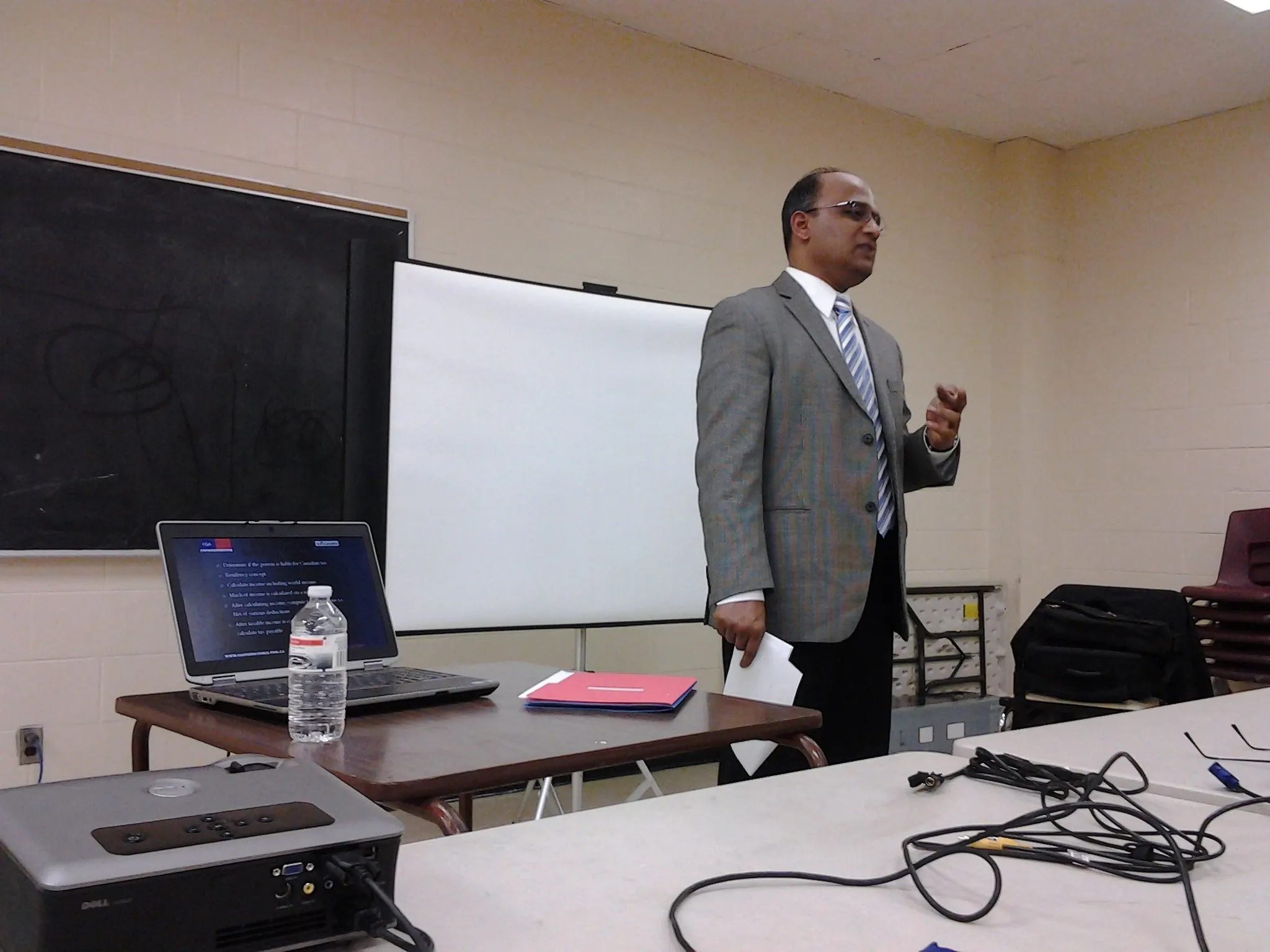Introduction
Crafting a winning resume is a critical step in securing job opportunities and advancing your career. Your resume serves as your professional snapshot, showcasing your skills, experiences, and qualifications to potential employers. In today's competitive job market, it's essential to create a resume that stands out and effectively communicates your value. This checklist offers a systematic approach to writing a compelling resume that grabs the attention of recruiters and highlights your strengths.
Preparation
Gather Information: Collect all relevant information about your education, work experience, skills, achievements, and certifications.
Research: Understand the industry standards and job requirements for your target position.
Choose a Format: Decide on the resume format that best suits your background and the job you're applying for (chronological, functional, combination, or targeted).


Structuring Your Resume
Contact Information: Include your name, phone number, email address, and LinkedIn profile (if applicable) at the top of the resume.
Resume Summary or Objective: Write a brief statement highlighting your key qualifications, career goals, and what you bring to the table.
Professional Experience: List your work history in reverse chronological order, including job titles, company names, locations, and dates of employment.
Job Description: Provide concise descriptions of your roles and responsibilities, focusing on accomplishments, quantifiable achievements, and specific skills utilized.
Education: Include your educational background, degrees earned, institutions attended, graduation dates, and any relevant coursework or honors.
Skills: Highlight relevant technical skills, soft skills, and proficiency levels using bullet points or a separate skills section.
Certifications and Training: List any relevant certifications, licenses, or professional development courses that enhance your qualifications.
Formatting and Design
Consistency: Maintain consistent formatting in terms of font style, size, and spacing throughout the resume.
Readability: Choose a clean and professional font (e.g., Arial, Calibri, Times New Roman) and use bullet points for easy scanning.
White Space: Ensure adequate white space to improve readability and visual appeal.
Length: Keep your resume concise, ideally one to two pages in length, focusing on the most relevant and impactful information.
Customization: Tailor your resume for each job application by emphasizing skills and experiences most relevant to the specific role.


Proofreading and Editing
Grammar and Spelling: Check for grammatical errors, typos, and spelling mistakes using proofreading tools or by seeking feedback from others.
Clarity and Precision: Ensure that your resume communicates your qualifications clearly and effectively, avoiding jargon or overly technical language.
Quantify Achievements: Use numbers, percentages, or other metrics to quantify your accomplishments wherever possible.
Relevance: Remove any irrelevant or outdated information that does not directly contribute to your candidacy for the target position.
Final Review: Conduct a final review of your resume to ensure accuracy, completeness, and alignment with the job requirements.
By following this checklist, you can create a well-organized, visually appealing, and compelling resume that effectively highlights your qualifications and stands out to potential employers.
Additional Considerations
Professionalism: Maintain a professional tone and demeanor in your resume, avoiding unprofessional email addresses or inappropriate language.
Online Presence: Ensure consistency between your resume and your LinkedIn profile or other online professional profiles.
Feedback: Seek feedback from trusted mentors, colleagues, or career advisors to improve the effectiveness of your resume.
File Format: Save your resume in a universally compatible format such as PDF to preserve formatting and ensure ease of access for employers.

Summary: Find Your Dream Job
A winning resume requires careful attention to detail and a focus on presenting your qualifications effectively. This checklist provides guidance on structuring your resume, tailoring it to specific job opportunities, and emphasizing relevant experiences and accomplishments. By following these steps, you can create a resume that impresses employers and increases your chances of landing interviews.
Leaders are Alone at the Top. Don't Struggle, Take Help

Whenever you're ready, there are 4 ways I can help you:
-
Online Courses
-
100 Days Mastermind
-
One-on-One Coaching
-
Read My Book
I will never spam or sell your info. Ever.
